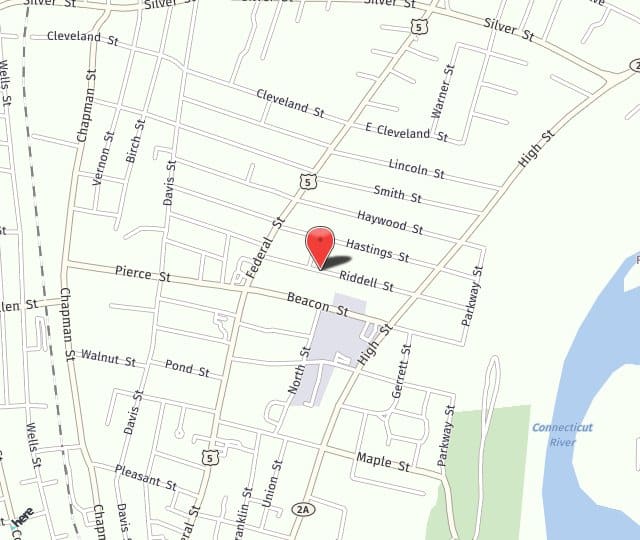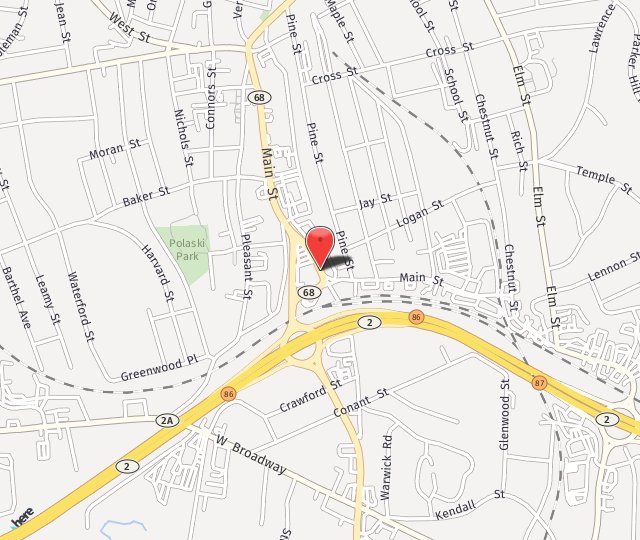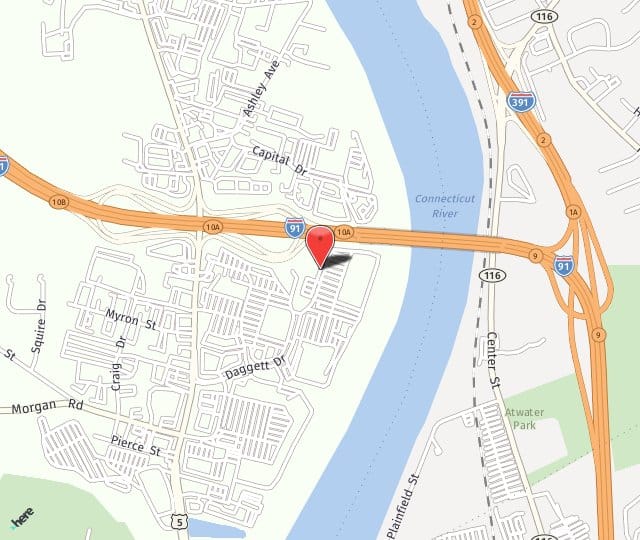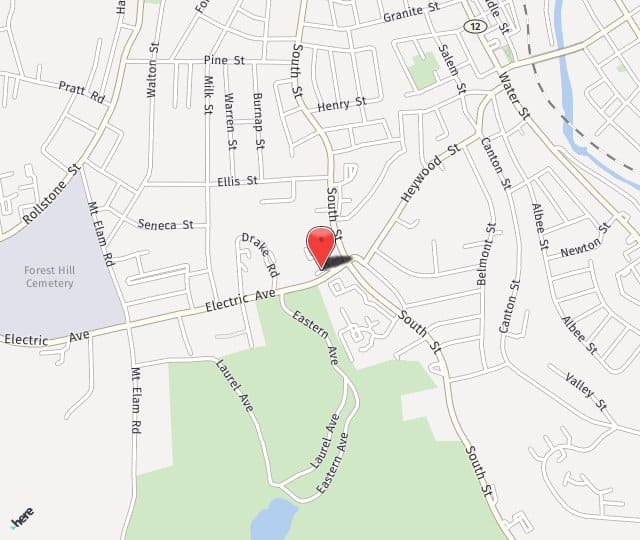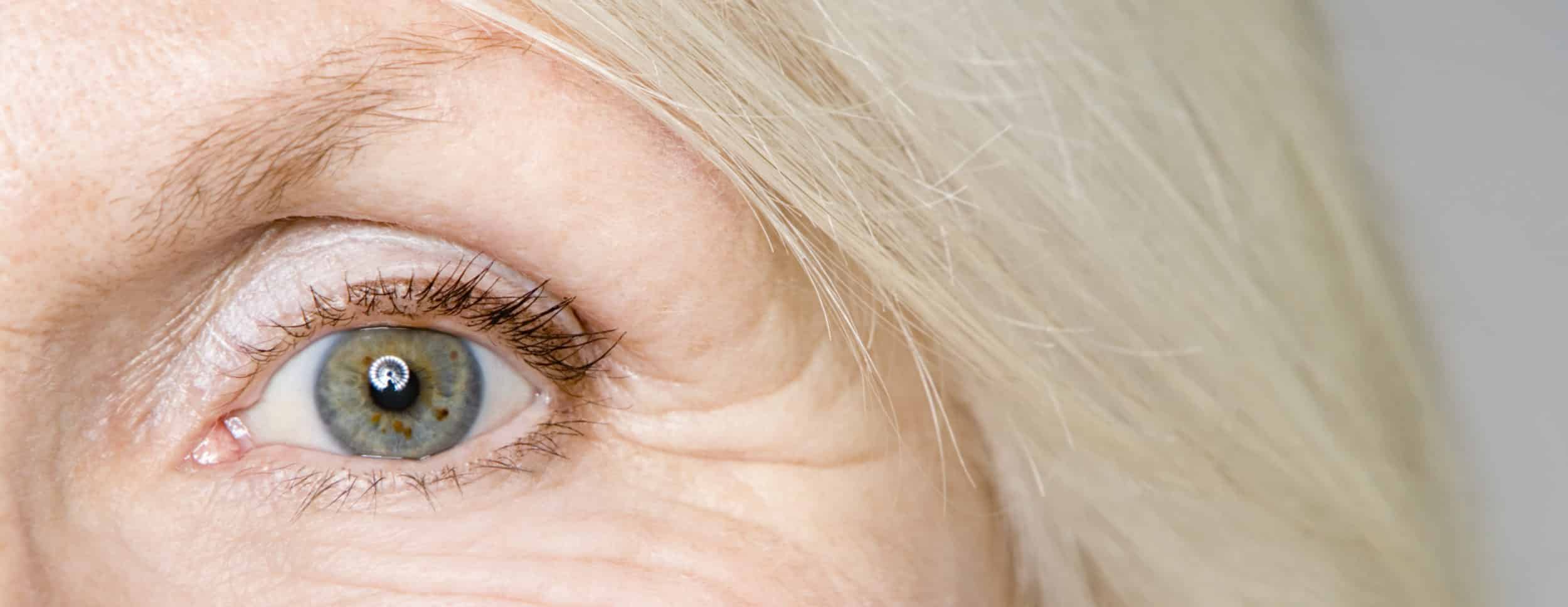
At Longwood Eye & LASIK Center, we are proud to offer MicroPulse Laser Trabeculoplasty (MLT), a state-of-the-art treatment for managing glaucoma and preserving vision.
With locations in Greenfield, MA, and West Springfield, MA, our practice is staffed by a skilled team of board-certified ophthalmologists and experienced optometrists, ensuring comprehensive and expert care for every patient. Our ophthalmologists are medical doctors with advanced training in diagnosing and treating complex eye conditions, while our optometrists specialize in primary vision care and routine exams.
This collaborative team brings decades of experience and a patient-first approach to provide advanced solutions like MLT. Whether you’re seeking relief from glaucoma symptoms or exploring cutting-edge treatment options, you can trust Longwood Eye & LASIK Center to deliver exceptional care tailored to your needs.
What is MicroPulse Laser Trabeculoplasty?
MicroPulse laser is a gentle technique that is less disruptive to the eye than standard laser treatment. The laser energy focused on the eye is delivered in tiny pulses rather than longer, continuous wavelengths. The microsecond bursts of energy allow time for tissue to cook in between pulses, discouraging heat buildup that could cause thermal damage. At the same time, the laser energy is sufficient enough to achieve profound clinical effects.
The procedure is generally comfortable for most patients. Some patients describe feeling a mild twinge as the laser contacts relevant parts of the eye. However, MicroPulse laser technology is gentle enough that the procedure can be repeated over time as needed to manage intraocular pressure.
How is MicroPulse Laser Trabeculoplasty used to treat Glaucoma?
Laser trabeculoplasty is a glaucoma treatment performed in the comfort of our office. The short procedure focuses on the trabecular meshwork ™ that channels fluid from the eye through numerous tiny drains. When targeted by laser energy, these drains gain the ability to flow more fluid out of the eye. As a result, intraocular pressure decreases.
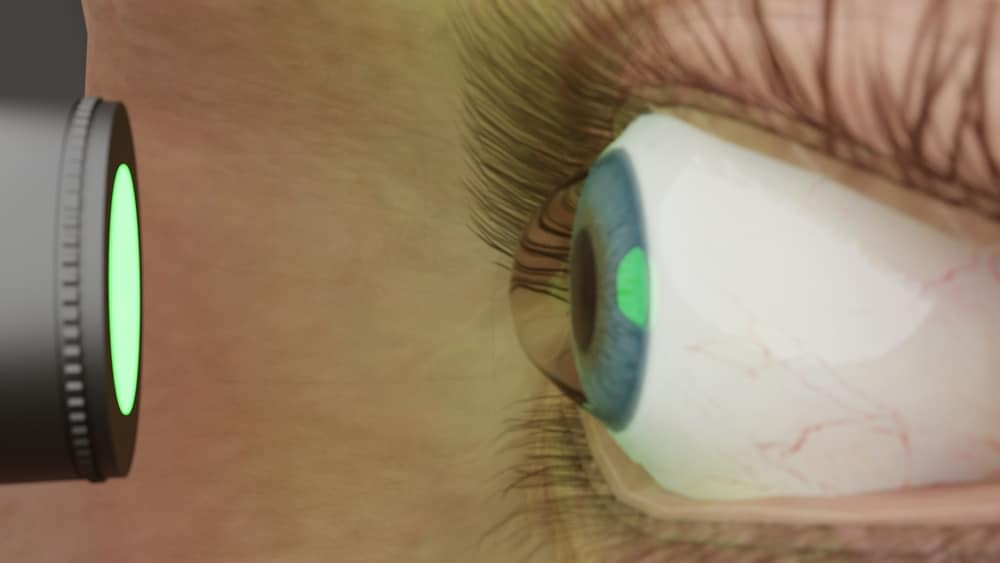
What to Expect During Treatment
- On the day of MicroPulse laser treatment, a consent form is reviewed and signed by the patient. If any questions arise, we will take the time to answer them fully and clearly. It is important that each patient feel confident in their choice of care, so we provide concise information during the consultation visit.
- MicroPulse laser trabeculoplasty is performed while the patient sits comfortably upright. Anesthetic eye drops are administered at the onset of treatment to prevent discomfort during the laser treatment.
- A special goniolens is placed in front of the eye. This directs the angle of the laser beam to achieve the desired outcome.
- Depending on the wavelength of laser light involved in treatment, the patient may observe flashing light during their procedure.
- It is important to keep the eyes directed toward the goniolens. Moving the eyes will not cause damage to them, but it may increase the total treatment time.
- After the meshwork has been adequately treated, the goniolens is removed.
Following MLT, intraocular pressure is assessed. If any pressure or swelling is noticed, eye drops to alleviate this may be prescribed. It is common for vision to remain blurry for the remainder of the day after MLT treatment. The front of the eye may also feel somewhat irritated for a short time. This is due to the goniolens being placed on the ocular surface. Artificial tears can minimize temporary irritation.
How does MicroPulse Laser Trabeculoplasty compare to SLT?
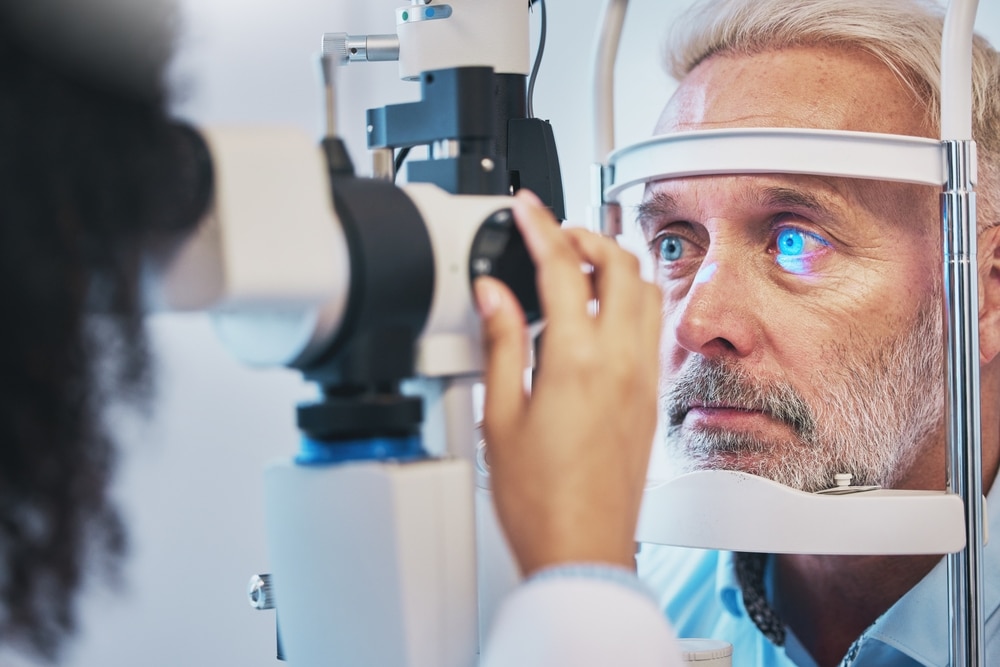
SLT, or Selective Laser Trabeculoplasty, has been utilized for more than twenty years. The procedure involves Q-switched, frequency-doubled Nd:YAG laser that is absorbed only by the cells in the trabecular meshwork that contain pigment. Non-pigmented cells are left intact. The laser energy used in SLT is gentler than laser trabeculoplasty with an Argon laser and may be performed on some patients who have already undergone Argon laser trabeculoplasty (ALT).
MicroPulse laser trabeculoplasty uses diode laser energy and delivers that energy in quick bursts. This significantly reduces the likelihood of damage to the cells in the trabecular meshwork. In between pulses of laser, the ocular tissue is allowed to cool, minimizing the damaging effects of thermal energy without diminishing results.
Frequently Asked Questions
Is MicroPulse Laser Trabeculoplasty Safe?
Even without the MicroPulse aspect of care, laser trabeculoplasty has been performed for decades without instances of severe complications. Before the MicroPulse technique, common methods included Selective Laser Trabeculoplasty (SLT) and Argon Laser Trabeculoplasty (ALT). The MicroPulse laser technique involves diode laser energy and has demonstrated a high success rate with fewer risks than powerful lasers. Approximately 75% of the patients treated with MicroPulse laser trabeculoplasty achieve a significant reduction in intraocular pressure.
Are There Any Risks To MLT?
All laser trabeculoplasty procedures carry the risk of increased intraocular pressure. Essentially, this is the opposite of what we are trying to achieve. Usually, a spike in intraocular pressure after laser trabeculoplasty is temporary and manageable with medication. If pressure does not subside on its own, a non-laser surgical procedure may be necessary.
How Many Treatments Are Needed To Treat Glaucoma?
Every patient is unique in how their eyes will respond to laser trabeculoplasty treatment for glaucoma. Many patients can decrease or stop prescribed medication taken to lower intraocular pressure and continue to enjoy results two years after their initial treatment. One of the most valuable aspects of MicroPulse laser trabeculoplasty is that the energy is gentle enough that one or both eyes can be re-treated in time.
What Is The Recovery Process Like For Micropulse Laser Trabeculoplasty?
Recovery from MLT is straightforward and fast. With minimal recovery time, most individuals are back to normal activities within a day. After the procedure, mild irritation, redness, or blurred vision may occur, but these effects are temporary. Our team provides aftercare instructions and closely monitors your progress to ensure healing.
Is Micropulse Laser Trabeculoplasty Painful?
MicroPulse Laser Trabeculoplasty (MLT) is a gentle, non-invasive treatment designed for patient comfort. Most individuals report the procedure as virtually painless. During treatment, you may feel slight pressure or warmth in the eye, which is brief and well-tolerated. MLT uses low-energy, pulsed laser technology, reducing discomfort by minimizing thermal damage to surrounding tissues. If you’re feeling anxious, our team will guide you through each step for reassurance.
Why Choose Longwood Eye & Lasik for MicroPulse Laser Trabeculoplasty?
The expert team at Longwood Eye & LASIK Center combines ophthalmologists and optometrists to deliver superior care for every patient’s eye health. Our team includes eight board-certified ophthalmologists and six skilled optometrists, ensuring comprehensive, patient-centered care.
Specializing in advanced procedures like MicroPulse Laser Trabeculoplasty (MLT), our surgeons, including John Warren, MD, Aaron Fay, MD, Howard Ying, MD, David Lotufo, MD, Cris Martin Jacoba, MD, and Vamsee Neerukonda, MD, combine over 20 years of experience with the latest technology to provide the highest level of expertise. Our ophthalmologists, as medical doctors, specialize in diagnosing and treating complex eye conditions, while our optometrists excel in primary vision care and routine exams, ensuring a comprehensive approach to eye health.
With a proven track record of excellence and a commitment to personalized care, Longwood Eye & LASIK Center is your trusted partner for glaucoma treatment in Greenfield, MA, and West Springfield, MA.
Achieve Healthier Vision in Greenfield, MA & West Springfield, MA
If glaucoma affects your quality of life, MicroPulse Laser Trabeculoplasty (MLT) at Longwood Eye & LASIK Center could be your solution. Our experienced team in Greenfield, MA, and West Springfield, MA, is here to provide personalized care and advanced treatment options tailored to your needs. We proudly serve patients in and around areas including Holyoke, Greenfield, West Springfield, and more.
Don’t let glaucoma stand in the way of clear vision and a vibrant life. Contact us at (978) 396-2020 to schedule your consultation today and take the first step toward better eye health.

